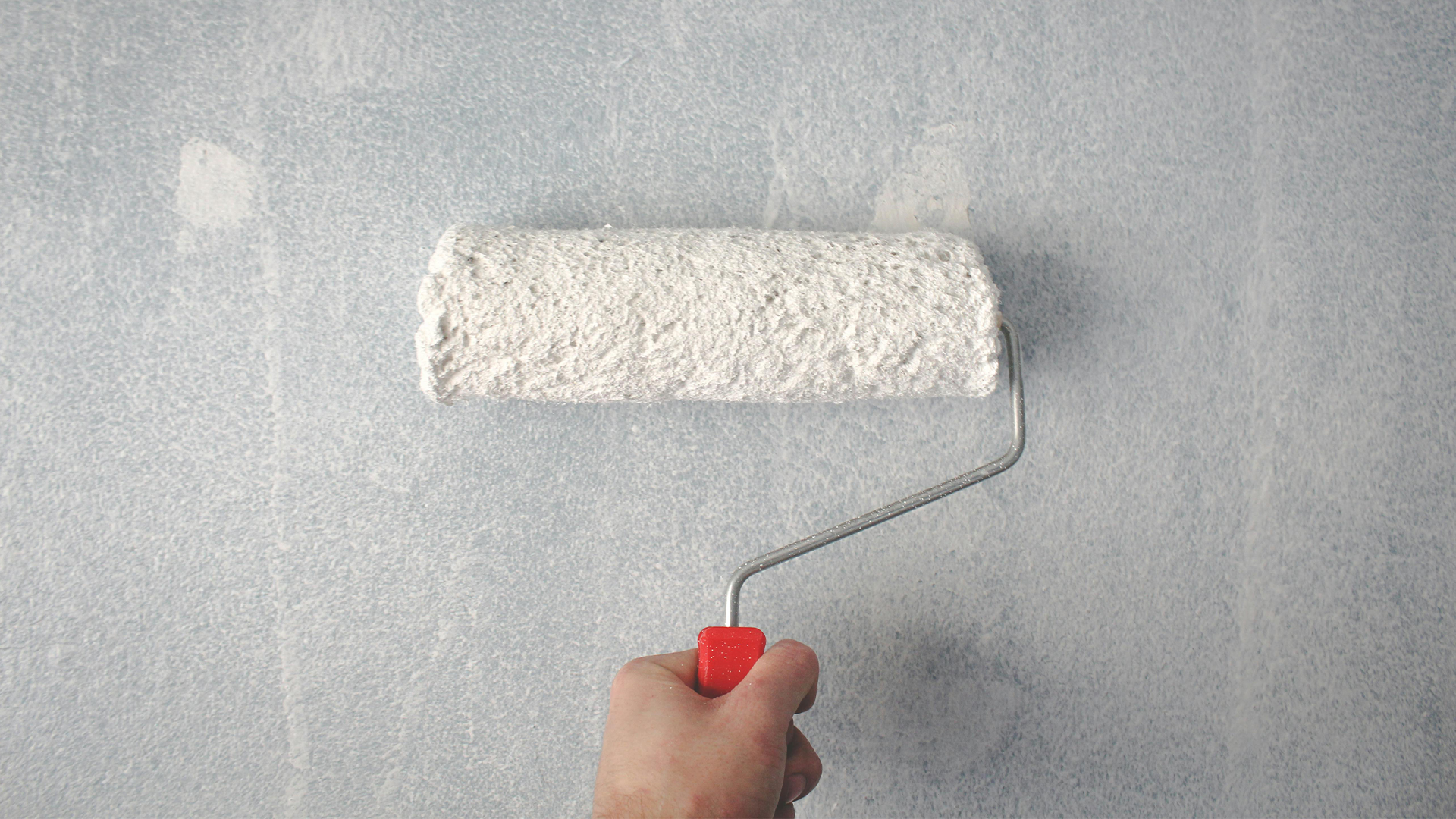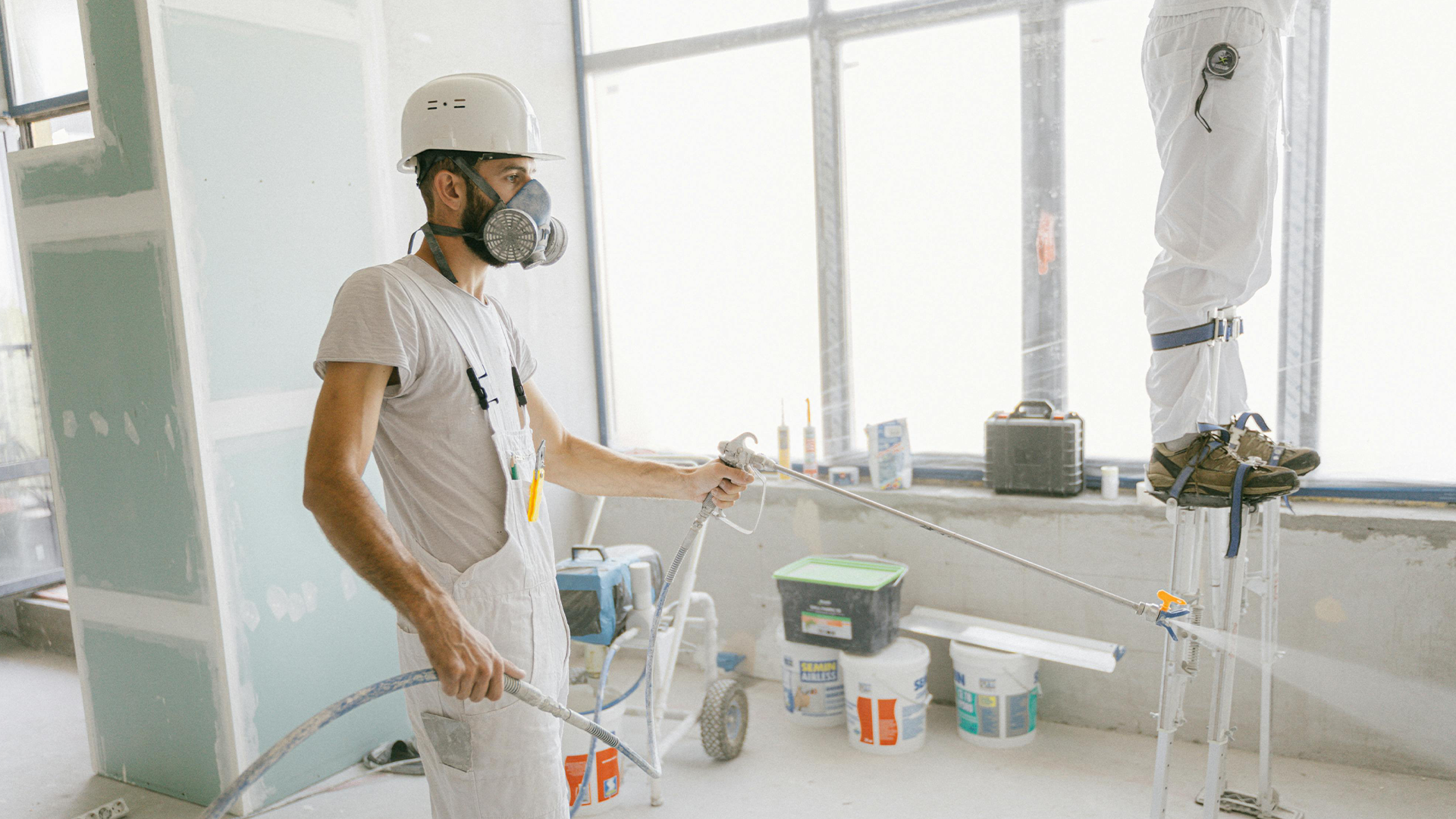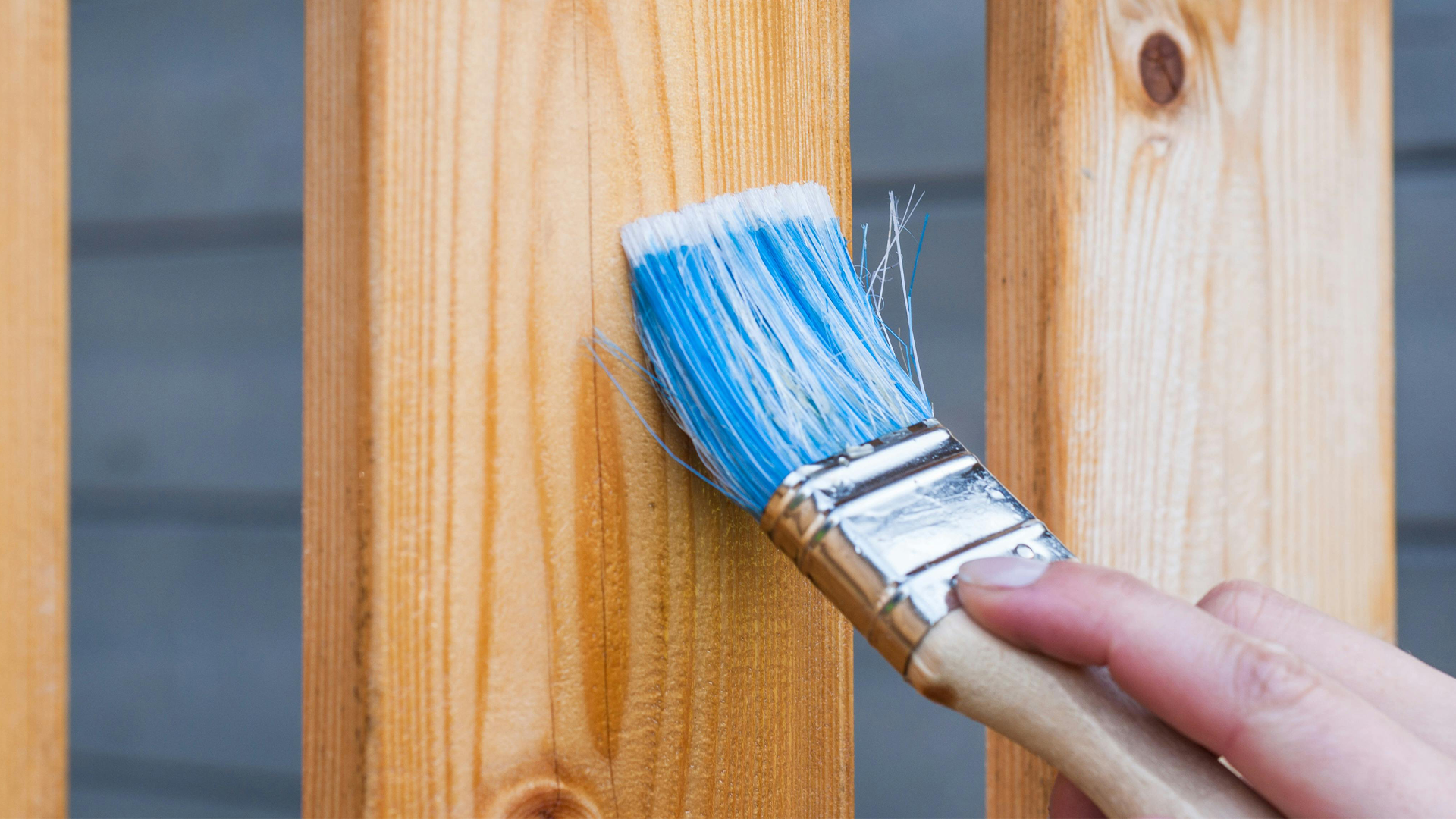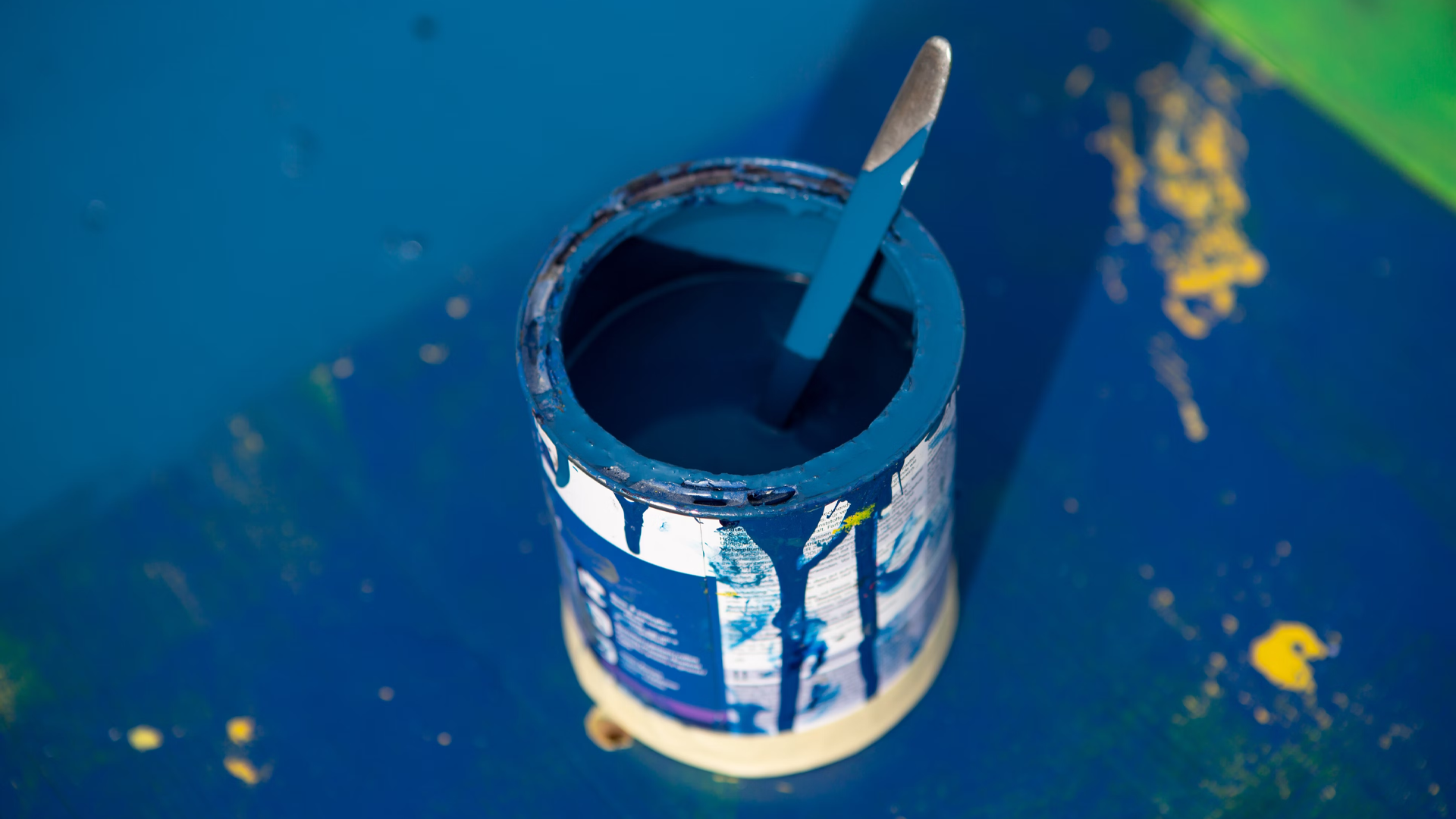Key Take Aways
Blown (delaminated) render can often be repaired, especially when issues are detected early—suitable for cracks or minor blow-outs (allweathercoating.co.uk).
Short-term fixes include injection of flexible adhesives into voids for smaller areas—quick but may not be durable.
Popular repair methods:
Injection of structural resins like epoxy for bonding back to substrate.
Use of cementitious repair renders with polymers for stronger adhesion and flexibility.
Full overlay may be needed for large damaged zones or widespread blow-offs—requires removal of defective areas, cleaning, and re-rendering.
Surface prep is crucial: remove loose material, clean with wire brushes or pressure washers, ensure substrate is stable and sound.
Proper curing and drying post-repair are vital to avoid future failures.
For extensive damage, consider a full re-render or professional inspection as temporary fixes may not hold long-term.
If you’ve ever accidentally had a blown render before it had completely dried, then you’ll know how frustrating it can be when it turns out to be not so permanent after all.
But don’t panic; there are ways to repair and strengthen this type of render, so it will look good and last as long as the rest of your wall finishes.
Whether you’re sealing up your house to prevent drafts or creating an outdoor patio, you probably want to be sure that your render application will last as long as possible. If your freshly applied render has already begun to crack and blister, though, it can seem like the whole thing needs to be done over again.
Luckily, there are ways of repairing this kind of damage that doesn’t involve starting from scratch. In fact, once you have these repair techniques down, you may never need to worry about blown render again!
Blown render can be fixed if caught in time, but the sooner you act the better chance you have of making repairs and saving your wall from serious damage. Below you’ll find some steps to take as well as some advice on how to repair a blown render when it happens.
Overview of Home Render
Render is a type of surface coating finish that uses a mixture of cement, sand, and often additives to create a durable and attractive finish. It is applied to external and internal walls and is a popular choice as it is cost-effective, long-lasting, and can be easily applied.
It is typically applied in two layers, with the first layer being a scratch coat and the second layer being a finishing coat. Render is a durable and low-maintenance solution that can be used in a variety of applications, such as on brick and concrete walls, around windows and door frames, and to repair cracks in walls.
Causes of Render Blowing
- Poor surface preparation: A surface that is not adequately prepared may not have the correct adhesion characteristics, causing the render to blow off.
- Poor mix design: If the mix design is incorrect, the render may not be able to bond properly to the substrate.
- Poor application: If the render is not applied correctly, it may not be able to bond properly. The poor application includes not using the right tools, not using the right techniques, or not using the right amount of render.
- Poor curing: If the render is not given enough time to cure, it may not be able to bond properly.
- Temperature fluctuations: Extreme temperature changes can cause the render to expand and contract, leading to cracks and eventual render failure.
- Poor drainage: Poor drainage can lead to water accumulation behind the render, which can cause it to blow off.
- Too much water in the mix – this is the most common cause of render blowing, as the excess water can cause the render to expand and blow off the surface.
- Poorly mixed render – if the render is not mixed properly, it can be weak and prone to blowing off the surface
- Incorrect application – if the render is applied too thickly or unevenly, it can cause it to blow off the wall
- Poorly prepared surface – if the surface is not properly prepared, then the render will not adhere properly and is likely to blow off.
Repair Options for Render
- Mix and re-apply: If the area is small enough, you can mix up some cement render and re-apply it.
- Patching: Patching is a good solution if the damaged area is small and the remaining render is still in good condition.
- Surface Resurfacing: If the damage is more extensive, surface resurfacing might be necessary. This involves applying a thin layer of cement render to the damaged area.
- Complete Removal and Replacement: If the damage is beyond repair, the best solution is to remove the existing render and replace it with a new render.
Step-by-step instructions to repair the blown render:
- Remove the render that is blown up and replace it with a new layer of render.
- Apply a waterproof membrane over the damaged area and then re-apply the render.
- Use a concrete patching material to fill in any gaps and then re-apply the render.
- Use a concrete grinder to grind down the blown-up area and then re-apply the render.
- Use an air compressor to blow out the debris and then re-apply the render.
Professional Repair Services for Home Render
- Inspect: A professional contractor should inspect your home’s render for any signs of damage or wear and tear.
- Repair: Depending on the type of damage, a professional contractor can repair any cracks, chips, crumbling areas, or other types of damage to your render.
- Re-render: If needed, a professional contractor can re-render your home to restore it to its original appearance and make it look brand new.
- Seal and Protect: After the render is repaired or re-rendered, a professional contractor can apply a sealant to protect the render from further damage and wear and tear.
- Clean: A professional contractor can also clean the render to ensure it looks its best and is free of dirt, debris, and other contaminants.
Other methods to repair the blown render:
Professional technicians can repair any type of render. This includes repairing water damage, cracks, chips, and other imperfections.
- Cracking and flaking repair: Repairing cracked and flaked render can help to improve the aesthetic look of your home and protect it from further damage.
- Painting and re-sealing: Painting and re-sealing the render of your home can bring a fresh new look and protect it from the elements.
- Waterproofing: Having your home’s render waterproofed can help to prevent water damage and protect the building from future damage.
- Moss and algae removal: Moss and algae can form on exterior render, which can cause staining and discoloration. Professional render services can remove this and help to restore the look of the exterior.
- Render Cleaning: Technicians can use specialised cleaning products to remove dirt and dust from the render, leaving it looking as good as new.
- Render Sealing: Specialised sealants can help protect render against water and weather damage.




